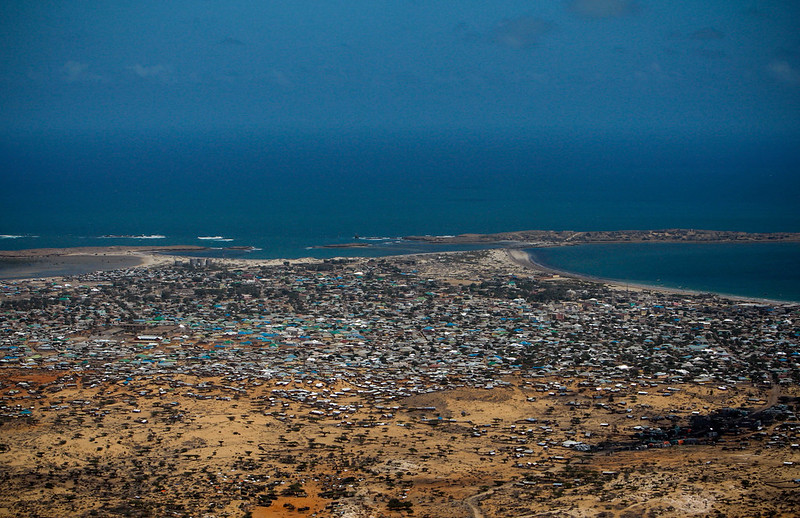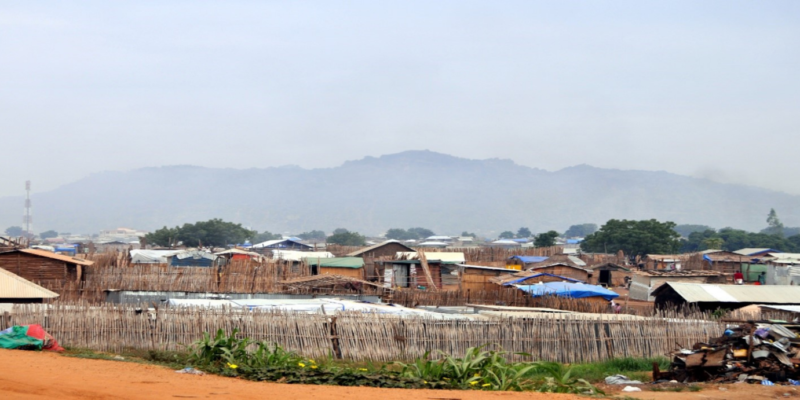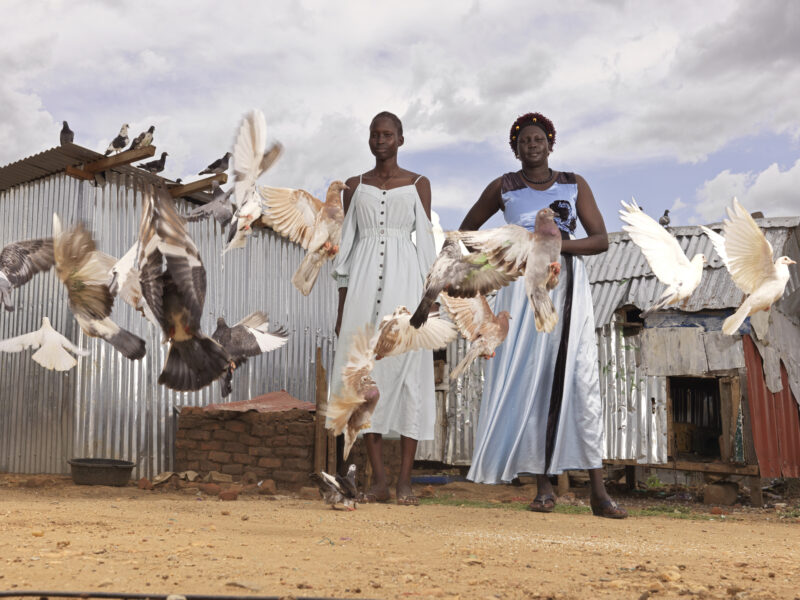People in South Sudan have experienced decades of forced displacement and cross-border mobility, resulting in families split across the country and neighbouring Sudan, Kenya, Ethiopia and Uganda. According to the
Category: Blogs

A theoretically decentralized but internally centralized system: How Kismayo municipality deals with emergencies
Aweis Ahmed Somalia adopted a federal system in 2004, almost two decades ago, and its implementation started in 2013, almost a decade ago. I expected that the decentralization of power

A Shadow of Fear: The Situation of IDPs and Returnees in Afgoye
Farhia Mohamud Afgoye district is 30 kilometers from Mogadishu’s capital; Southwest state’s interim capital, Baidoa, is 196 kilometers away from Afgoye. This distance creates a void in establishing a durable

REF and Samuel Hall publish major study on return and reintegration in South Sudan
What are the individual, community and structural factors impacting displacement patterns in South Sudan?

“We have impoverished each other”: the depletion of resources for host communities and the dilemma of durable solution for the IDPs in the Konso Zone and the Benishangul-Gumuz Region of Ethiopia
Ethiopia set a world record for internally displaced people (IDPs) two times (in 2018 and 2021) in three years. As of March 2022, an estimated 5,582,000 persons were displaced within

What we know about climate and mobility in the Horn of Africa
Why is it important to consider climate in relation to mobility in the Horn of Africa? The Horn of Africa experiences extreme variations in climate, and uncertainty over climatic conditions.

What we know about conflict and mobility in the Horn of Africa
What we know about conflict and mobility in the Horn of Africa, based on a decade of research.

What we know about livelihoods and mobility in the Horn of Africa
Mobility has been a feature of life in the Horn of Africa for centuries. People have raised animals as part of their livelihoods, moving across the region, for much of

Caught between a rock and a hard place: Conflict, displacement, and drought in Konso, Ethiopia
This blog is related to an upcoming research study on conflict and displacement in two regional states in Ethiopia. “… Whether we stay in this camp or return to our

Who are the ‘returnees’ in South Sudan?
South Sudan is experiencing different types of movements that are often labelled as ‘return’. Despite ongoing insecurity and a chronic shortage of essential services, it has been estimated that 505,511
